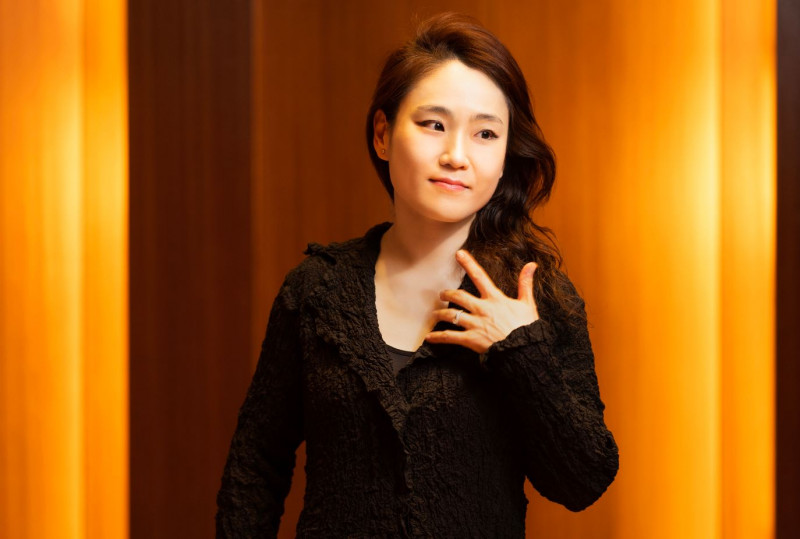Tchaikovsky 5
Presented by: New Zealand Symphony Orchestra
Conducted by: Han-Na Chang
Michael Fowler Centre, 18th May 2024
Reviewed by: Dawn Brook
Han-Na Chang showed herself to be a passionate, expressive, and energetic conductor. Born in Korea, Chang was an acclaimed cellist at the age of 11, winning a major international competition before later turning to conducting.
Opening the concert was a new work by New Zealander Leonie Holmes, I watched a shadow. Holmes created a dense, multi-layered soundscape, the swirling texture frequently pierced by higher, sharper, or louder interjections. Inspired by a poem that depicts a shadow climbing and gradually extinguishing the light on a hill, the work ends with a fortissimo climax which Chang exploited to the full.
The second work in the concert was Richard Strauss’ Don Quixote, depicting episodes from the 17th-century novel about the hapless, would-be knight adventurer, and his off-sider Sancho Panza. The solo cello part, played by Andrew Joyce, represented the Don, while Sancho Panza is represented principally by a viola played by Julia Joyce. The work is inventive, energetic, and varied in texture and mood, sometimes dramatic and heroic, sometimes lyrical, and often straight-up hilarious, as when the orchestra becomes a flock of sheep which the deluded hero imagines is an enemy to be attacked. It felt to me that the Don’s musical character got a bit submerged in the riotousness of the orchestral parts. On the other hand, it was great for once to hear a viola in an extended solo part.
Tchaikovsky’s well-loved Symphony No. 5 concluded the performance. A theme, known as the Fate theme, runs through the four movements, with mournful foreboding about fate gradually giving way to a heroic and optimistic acceptance of it. Beautiful melodies abound and there are wonderful opportunities for flute, oboe, bassoon, and horn to shine. Chang’s robust and dramatic interpretation drew the best from the orchestra and engendered wild applause from an appreciative audience.
View more reviews:
« Click here


